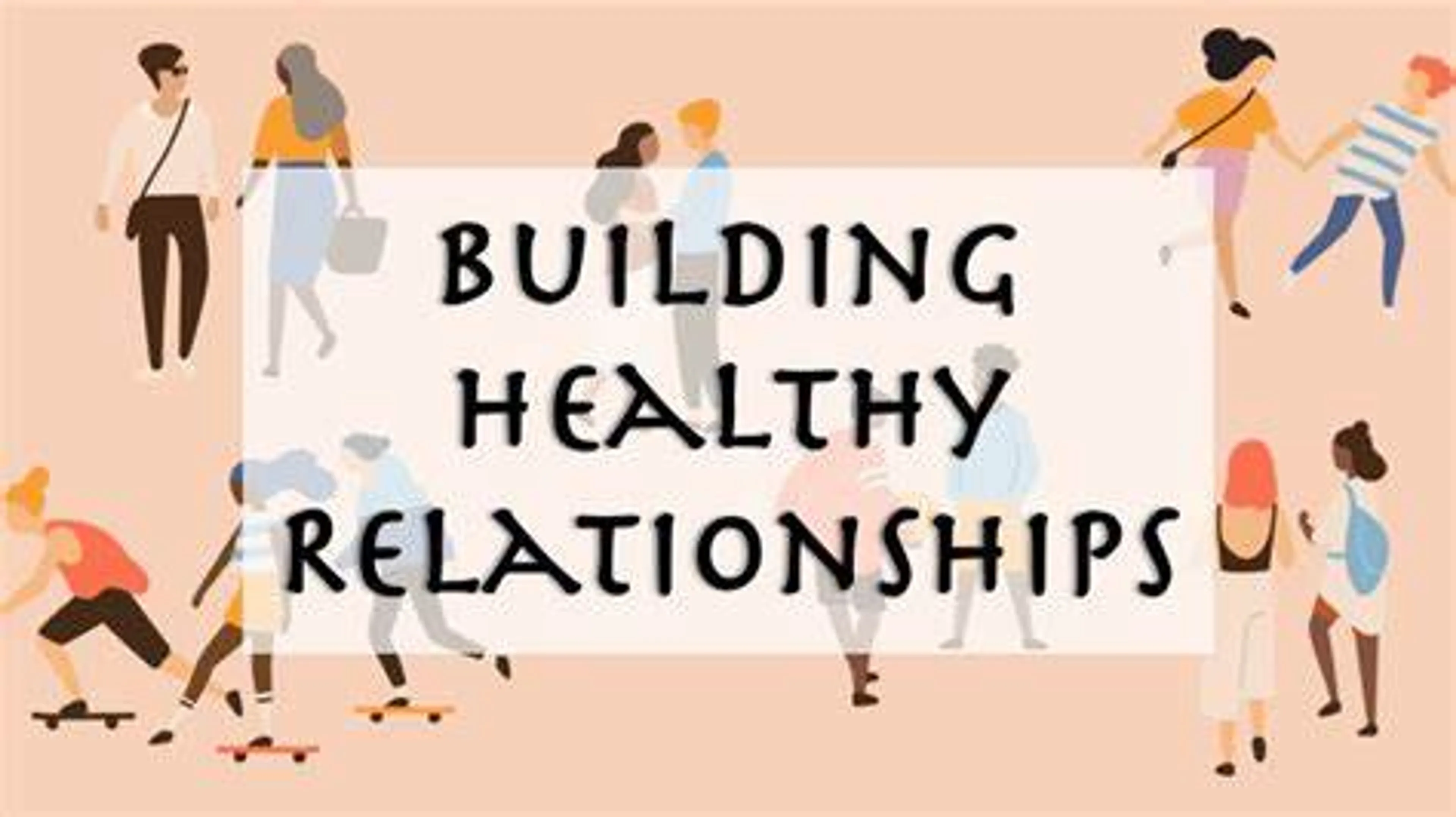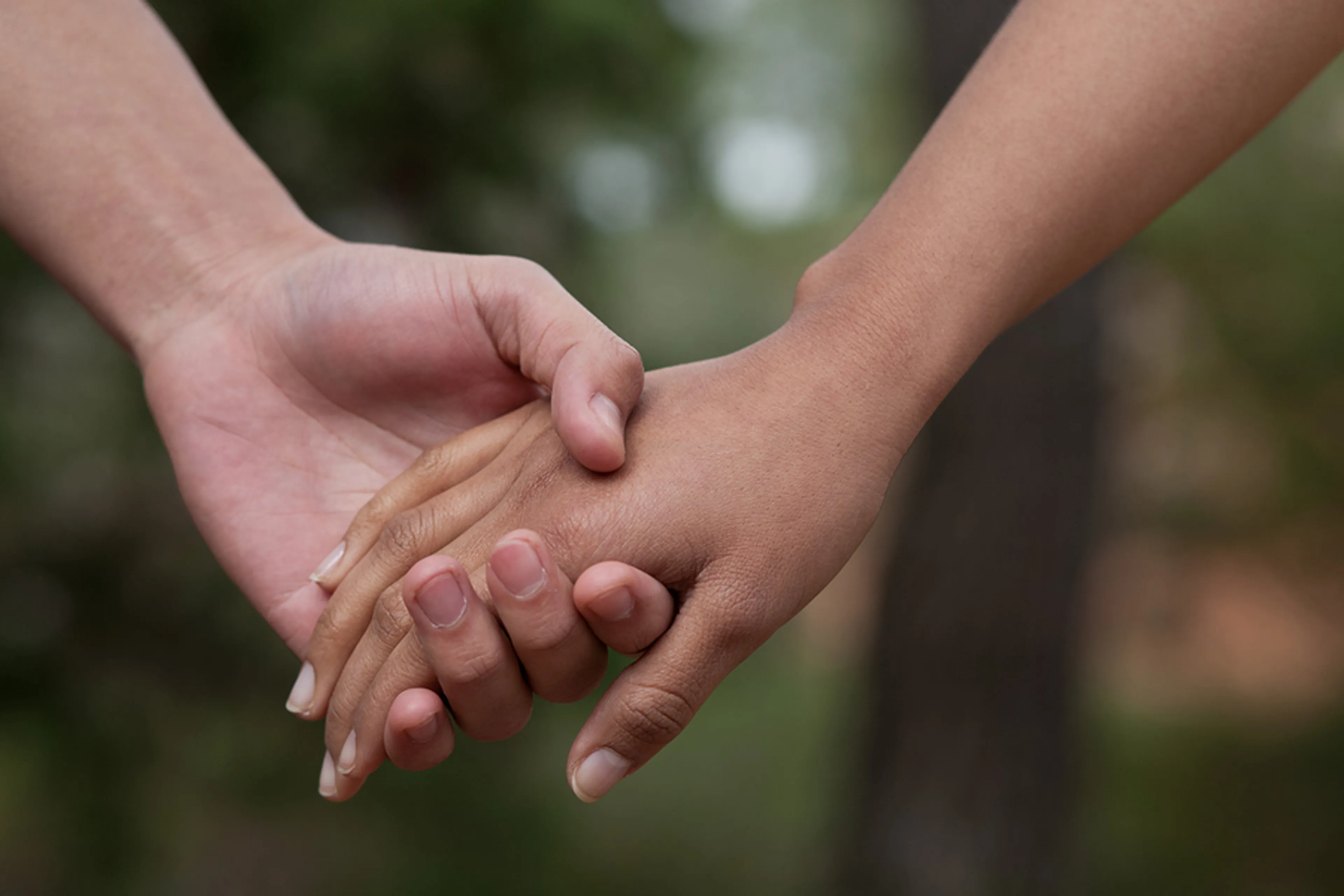
The Art of Building Healthy Relationships: Tips for Success
Relationships are the connections and interactions that we have with other people. Relationships can be of different types, such as family, friends, romantic, professional, or social. Relationships can also be of different quality, such as healthy, unhealthy, or toxic. Relationships can have a significant impact on our well-being, happiness, and growth. Therefore, it is important to learn the art of building healthy relationships with others.
What are healthy relationships?
Healthy relationships are relationships that are based on mutual respect, trust, honesty, support, and communication. Healthy relationships are also characterized by the following features:
- Equality and balance. Healthy relationships have equality and balance among the partners, who share power and responsibility in the relationship. They also respect each other’s individuality and autonomy, and do not try to control or dominate each other.
- Affection and intimacy. Healthy relationships have affection and intimacy among the partners, who express their love and care for each other in physical and emotional ways. They also have a satisfying and consensual sexual relationship, if applicable.
- Growth and development. Healthy relationships have growth and development among the partners, who encourage and inspire each other to achieve their personal and professional goals. They also learn from each other and from their challenges, and grow together as a team.
- Fun and enjoyment. Healthy relationships have fun and enjoyment among the partners, who share common interests and hobbies, and spend quality time together. They also have a sense of humor and adventure, and enjoy each other’s company.
What are the tips for building healthy relationships?
Building healthy relationships is not a one-time or easy task. It requires constant effort, commitment, and communication from both parties. However, there are some general tips that can help people to build healthy relationships with others. Some of these tips are:
- Be yourself and be honest. The first step to building a healthy relationship is to be yourself and be honest with your partner. Do not pretend to be someone you are not, or hide your true feelings or thoughts from your partner. Be authentic and genuine with your partner, and expect the same from them.
- Communicate effectively and respectfully. The second step to building a healthy relationship is to communicate effectively and respectfully with your partner. Do not assume or guess what your partner is thinking or feeling, or expect them to read your mind. Express your needs, wants, opinions, and emotions clearly and politely to your partner, and listen actively and attentively to theirs. Use “I” statements instead of “you” statements to avoid blaming or criticizing your partner. Use positive feedback instead of negative feedback to appreciate or motivate your partner.
- Resolve conflicts constructively and peacefully. The third step to building a healthy relationship is to resolve conflicts constructively and peacefully with your partner. Do not avoid or ignore conflicts, or let them escalate or fester. Address conflicts as soon as possible, and use them as opportunities to learn and grow. Do not attack or insult your partner personally, or bring up past issues or grudges. Focus on the current issue and its solution, and use compromise or negotiation when necessary. Do not hold on to anger or resentment, or seek revenge or retaliation. Apologize sincerely when you are wrong, and forgive generously when you are hurt.
- Support each other unconditionally and mutually. The fourth step to building a healthy relationship is to support each other unconditionally and mutually with your partner. Do not judge or criticize your partner harshly, or discourage or undermine their dreams or aspirations. Be supportive and encouraging of your partner’s endeavors and achievements, and celebrate their successes with them. Be sympathetic and compassionate of your partner’s struggles and failures, and comfort them in their times of need.
- Respect each other’s boundaries and differences. The fifth step to building a healthy relationship is to respect each other’s boundaries and differences with your partner. Do not invade or violate your partner’s privacy or personal space, or demand or expect them to do everything with you or for you. Respect your partner’s wishes and preferences, and do not force or coerce them to do anything they are not comfortable or ready for. Accept your partner’s personality, values, beliefs, opinions, or choices, even if they are different from yours. Do not try to change or mold your partner into someone they are not.
Conclusion
Building healthy relationships is an art that can be learned and practiced by anyone who desires it. Healthy relationships can bring many benefits to our well-being, happiness, and growth. By following some of the tips above, we can build healthy relationships with others more successfully and easily.


